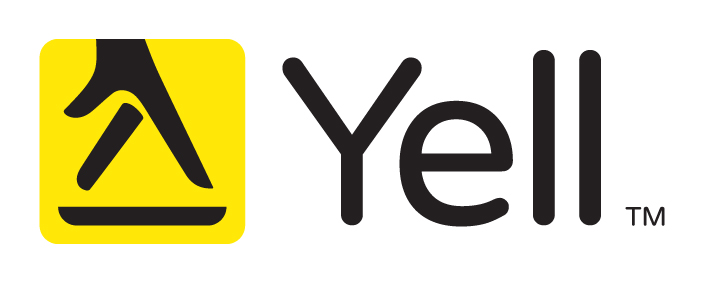4 Decades of Experience
Expert Advice on All Products
Bespoke Solutions Available

IBC HANDLING INFORMATION AND TERM DEFINITIONS
Helping you cut through the jargon and understand the safest, most efficient ways to handle your IBCs. Read on for terminology and their meanings in addition to useful tips for container filling, transportation, emptying and storage from Basildon’s experts.

COMMON IBC TERMINOLOGY AND DEFINITIONS
The world of IBCs can seem daunting at first, especially when you’re not quite sure what you’re looking for. Whilst we’re connected to many of the UK’s large business managers and independents who may be familiar with industry terminology, we want to ensure those not up to speed with the terms are not overwhelmed. In light of this, the Pensteel Ltd team have put together a small list of the most common phrases that cause confusion, explained in the simplest forms.
IBC HANDLING INFORMATION:
Before filling:
-
Check that the pallet, cage and bottle and valve are suitable for use with the intended product
-
Ensure that the valve is securely tightened to the inner bottle and that the valve is closed
-
Check that the inside of the bottle is clean
-
When hot filling product do not exceed 65°C
-
When bottom filling ensure that the vents are functioning correctly
-
Do not overfill the IBC
-
After filling ensure that the lid seal is correctly positioned, and tighten the screw cap to 70-80 Newton/Meters
Handling and transportation
-
Do not stack filled IBCs without checking the diagram on the right, if in doubt please contact Pensteel for advice
-
Do not lift IBCs from the top frame
-
Ensure that the fork truck tines are fully inserted under the IBC before lifting
-
Ensure that the vehicle floor is in good condition and free of all nails etc that could puncture the IBC
-
If you wish to transport more than a single layer of filled IBCs then please check in the image to the right
-
Always transport IBCs with the correct labelling attached to the ID plate
-
Always secure IBCs to prevent possible movement during transit
Before Emptying:
-
Please ensure that a vacuum is not created by loosening the inlet screw cap
-
All couplings connected to the outlet valve must be supported
-
Do not tighten couplings onto the outlet valve using wrenches, spanners, Stilsons, etc
-
Do not pressurise the container to aid discharge
-
After emptying always close and secure the outlet valve
Storage
-
If storing the IBC in warehouse racking always use a slave pallet. Do not store IBCs unsupported



